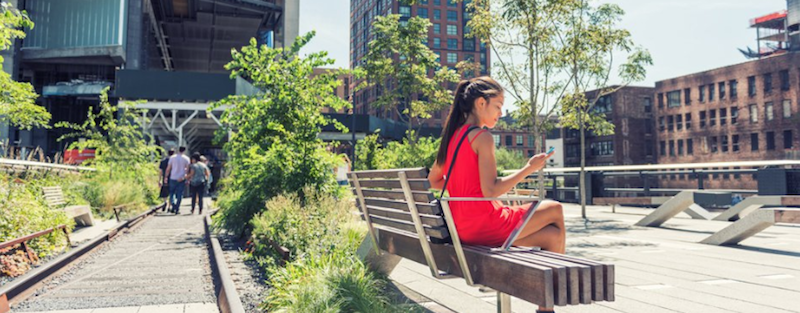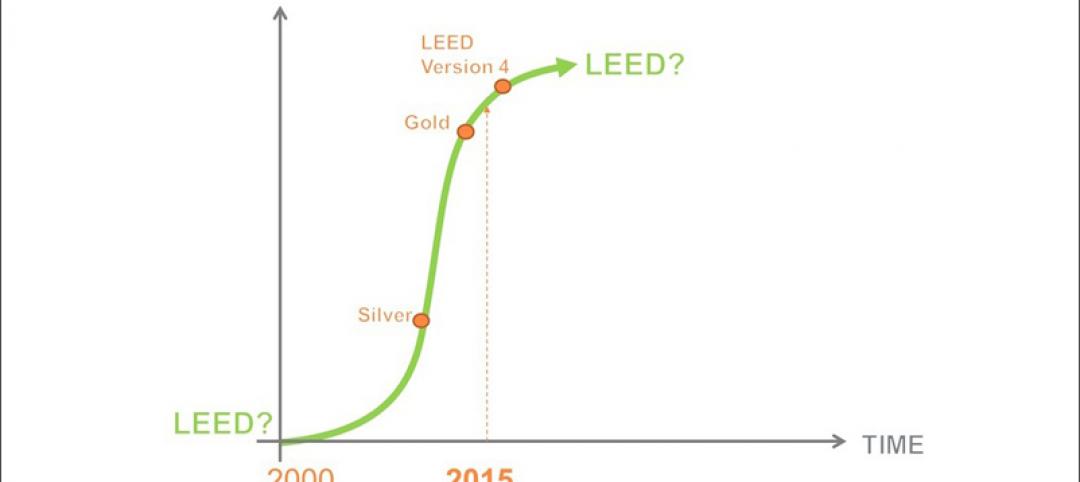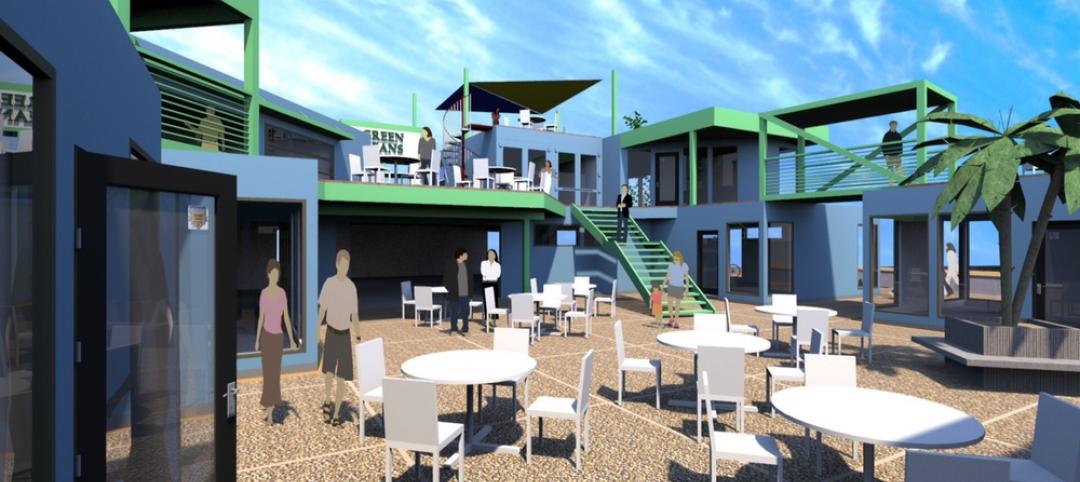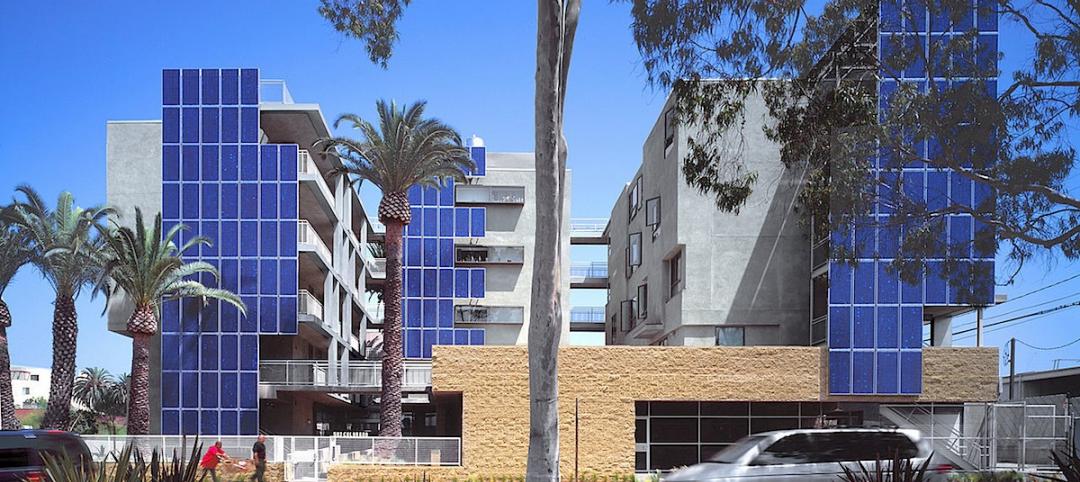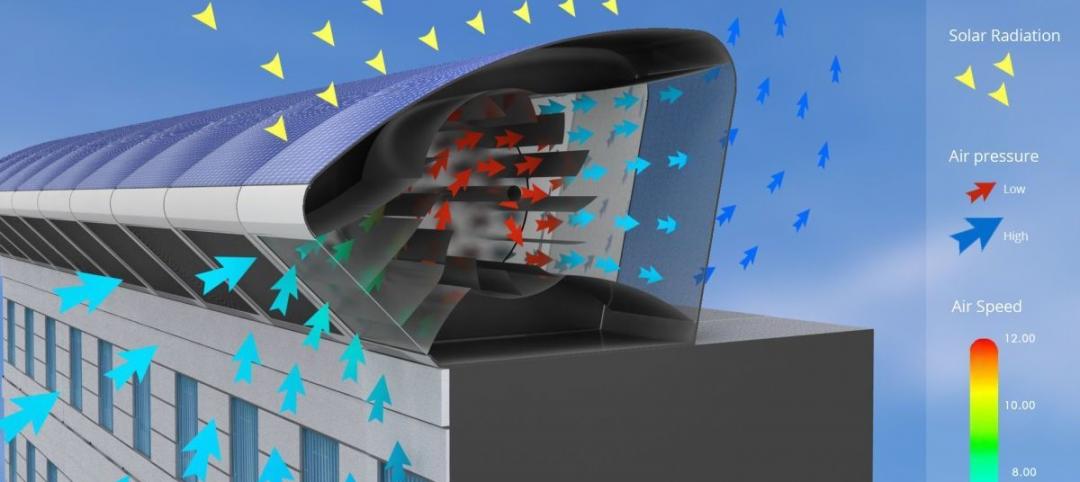As part of its Living Standard initiative, today, the U.S. Green Building Council (USGBC) released a new U.S. public research report titled Standard Issue that sets out to better gauge how the public feels about issues at the core of the green building community’s mission: sustainability, green buildings and the environment. The report takes a closer look at Americans’ views on environmental issues and how the green building industry can be better positioned as a global solution. As part of the report, USGBC commissioned ClearPath Strategies, a global public opinion research company, to conduct qualitative and quantitative research across five regions of the U.S.
“For more than a quarter century now, the USGBC community has worked to prove that buildings are very much living entities that, if created with forethought and compassion, can mitigate climate-related risks,” said Mahesh Ramanujam, president and CEO, USGBC. “But we need to do more. We know that green buildings are only part of the solution to lengthening and bettering the lives of every person on the planet. That’s why the heart of the green building community’s efforts must go beyond construction or efficiency. Instead, our focus must be on what matters most within our buildings: people. This research questions our conventional wisdom and experience and helps inform our strategy for the future.”
USGBC is working to elevate the role of green buildings beyond the environment and economy and focus on the personal health and well-being benefits they provide. The report found that while three-quarters of respondents said environmental problems are very or somewhat important to them, they do very little to address the problems in their own lives, considering it too daunting a task.
The research also shows that people want to live in a healthy environment, but don’t typically associate green buildings with being part of the solution. When asked which terms most strongly relate to the environment and being green, only 11% said green buildings.
When considering the connection between green buildings and personal health, almost a third (32%) indicated they have direct, personal experience with bad health associated with poor environments or living situations. In addition, when ranking how healthy their local environment is on a scale of 1-10, 65% gave it less than an eight.
The research suggests there is a gap between the enormity of the problem and how people seek to address it in their daily lives, and that the green building community can mobilize and inspire change by connecting messaging to healthy outcomes for human beings.
“When people think about emissions, they think about cars, power plants and industries. They rarely think about buildings, leaving the green building community with a messaging mountain to climb,” continued Ramanujam. “We are not reaching the broader population effectively enough to change their behavior or decisions on the scale necessary to combat climate-related risks.”
Through these research findings, USGBC has identified key areas to talk about how green buildings can help, who they help and why they are necessary:
— Promote Healthy Outcomes: Sustainable cities improve people’s lives and better designed spaces help people live longer, healthier and happier lives. Toxin-free materials, good air ventilation and air-purifying plants, all together in a home or workplace, can improve physical health and comfort by reducing symptoms of allergies and respiratory related illnesses like asthma.
— Future Generations: At the rate the planet is warming, catastrophe is almost certain. If we continue to do nothing, our children will ask, ‘How could you do this to us?’ And they will be right. Our future generations deserve to live in a healthy, thriving environment where they live, learn, work and play. The time to act is now.
— Planetary Stakes: With more natural disasters, drought, fires and hunger, our global environment is getting worse every day. Now United Nations climate scientists report that if we do not make dramatic changes in how we live and the fuel we consume, we will have an environmental catastrophe by 2030.
This is the first of several public research reports that will be released through the Living Standard campaign, which was launched at the 2018 Greenbuild International Conference and Expo in Chicago and is focused on the belief that storytelling can lead to a more sustainable world. The campaign aims to highlight stories – big and small – that capture how USGBC, the LEED green building rating system and other sustainability programs are raising the quality of life for people around the world.
The Living Standard study included both qualitative and quantitative research conducted in the fall of 2018. The study included focus groups with millennials, community opinion formers, young parents, commercial and residential developers, and a survey of the general public at large.
Visit livingstandard.org to learn more, join the campaign and submit stories. USGBC will be releasing additional research reports quarterly in 2019, each with a particular issue and regional focus.
Related Stories
K-12 Schools | Feb 26, 2015
D.C.'s Dunbar High School is world's highest-scoring LEED school, earns 91% of base credits
The 280,000-sf school achieved 91 points, out of 100 base points possible for LEED, making it the highest-scoring school in the world certified under USGBC’s LEED for Schools-New Construction system.
Industrial Facilities | Feb 24, 2015
Starchitecture meets agriculture: OMA unveils design for Kentucky community farming facility
The $460 million Food Port project will define a new model for the relationship between consumer and producer.
Green | Feb 23, 2015
State of the green union, and the next big shift in sustainability
The history of the green movement offers cues that we are on the precipice of another significant shift in the green union.
Codes and Standards | Feb 18, 2015
USGBC concerned about developers using LEED registration in marketing
LEED administrators are concerned about a small group of developers or project owners who tout their projects as “LEED pre-certified” and then fail to follow through with certification.
Multifamily Housing | Feb 18, 2015
Make It Right unveils six designs for affordable housing complex
BNIM is among the six firms involved in the project.
Codes and Standards | Feb 12, 2015
ASHRAE, USGBC, IES consider biomass requirements in green building standard
The proposal would add biomass to approved renewables.
Modular Building | Feb 12, 2015
New shipping container complex begins construction in Albuquerque
The Green Jeans Farmery already has a hydroponic farm component courtesy of owner and entrepreneur Roy Solomon.
Multifamily Housing | Feb 6, 2015
Fannie Mae to offer lower interest rates to LEED-certified multifamily properties
For certified properties, Fannie Mae is now granting a 10 basis point reduction in the interest rate of a multifamily refinance, acquisition, or supplemental mortgage loan.
Green | Feb 4, 2015
Illinois leads top 10 states for LEED green building
Collectively, 1,662 commercial and institutional projects became LEED certified within the top 10 states in 2014, representing 251.7 million sf of real estate.
Energy Efficiency | Jan 28, 2015
An urban wind and solar energy system that may actually work
The system was designed to take advantage of a building's air flow and generate energy even if its in the middle of a city.


